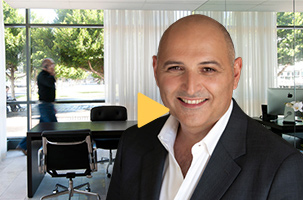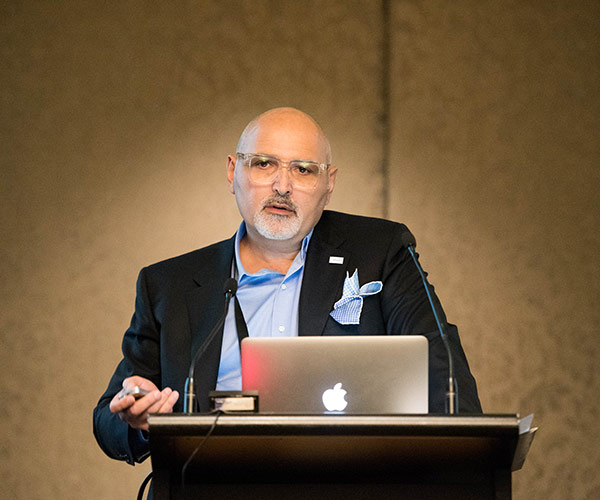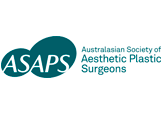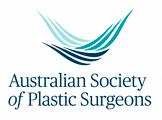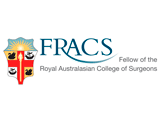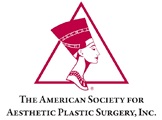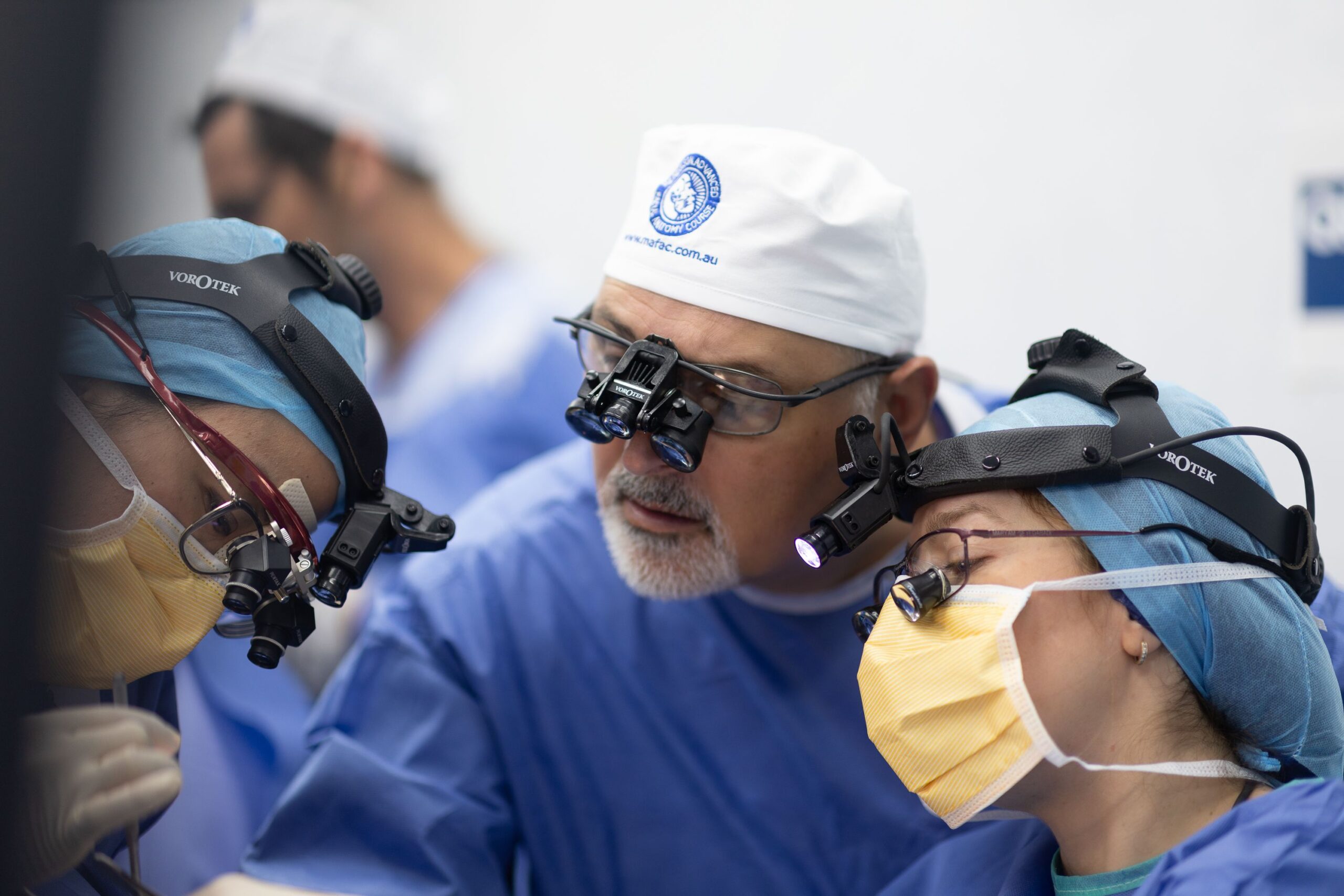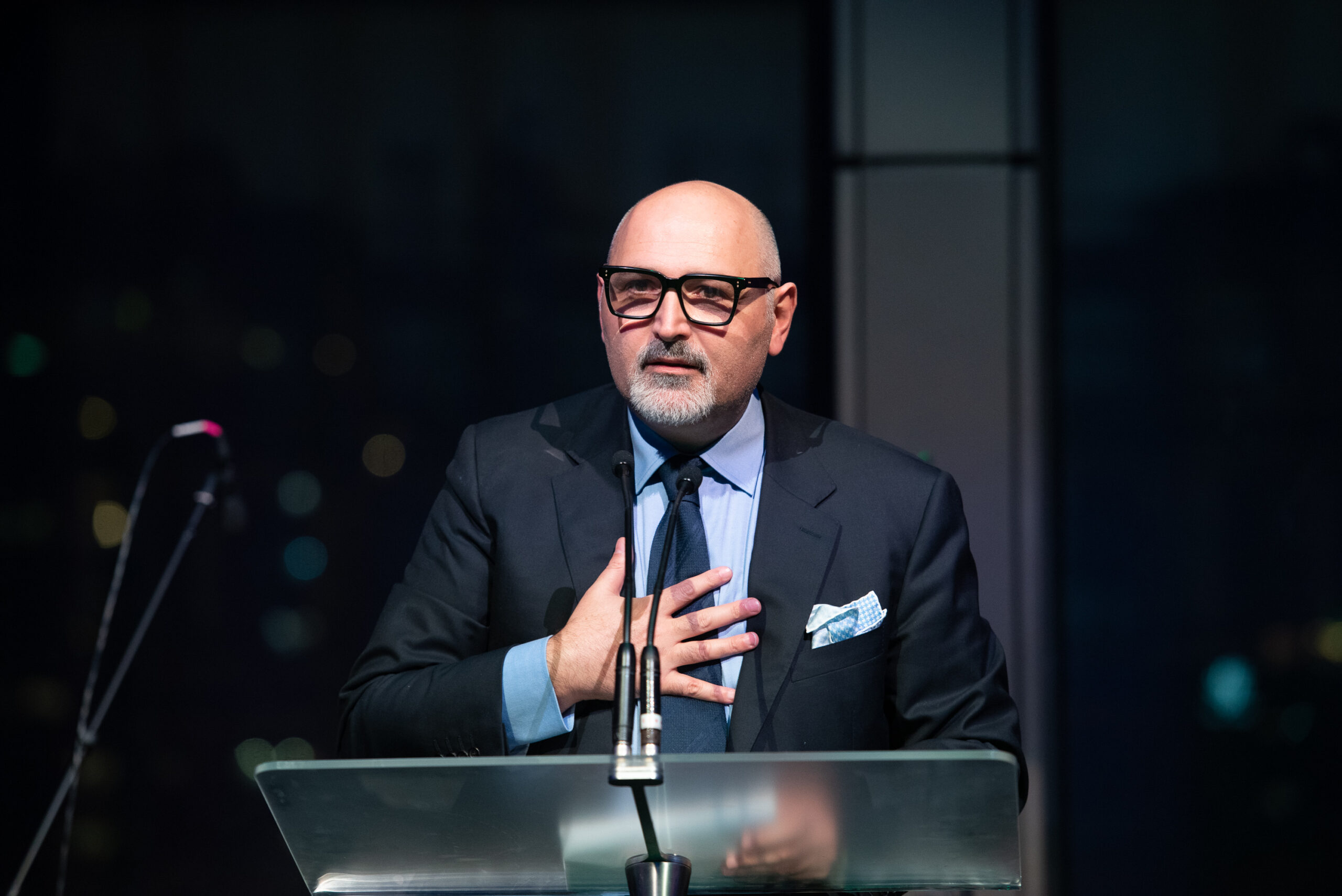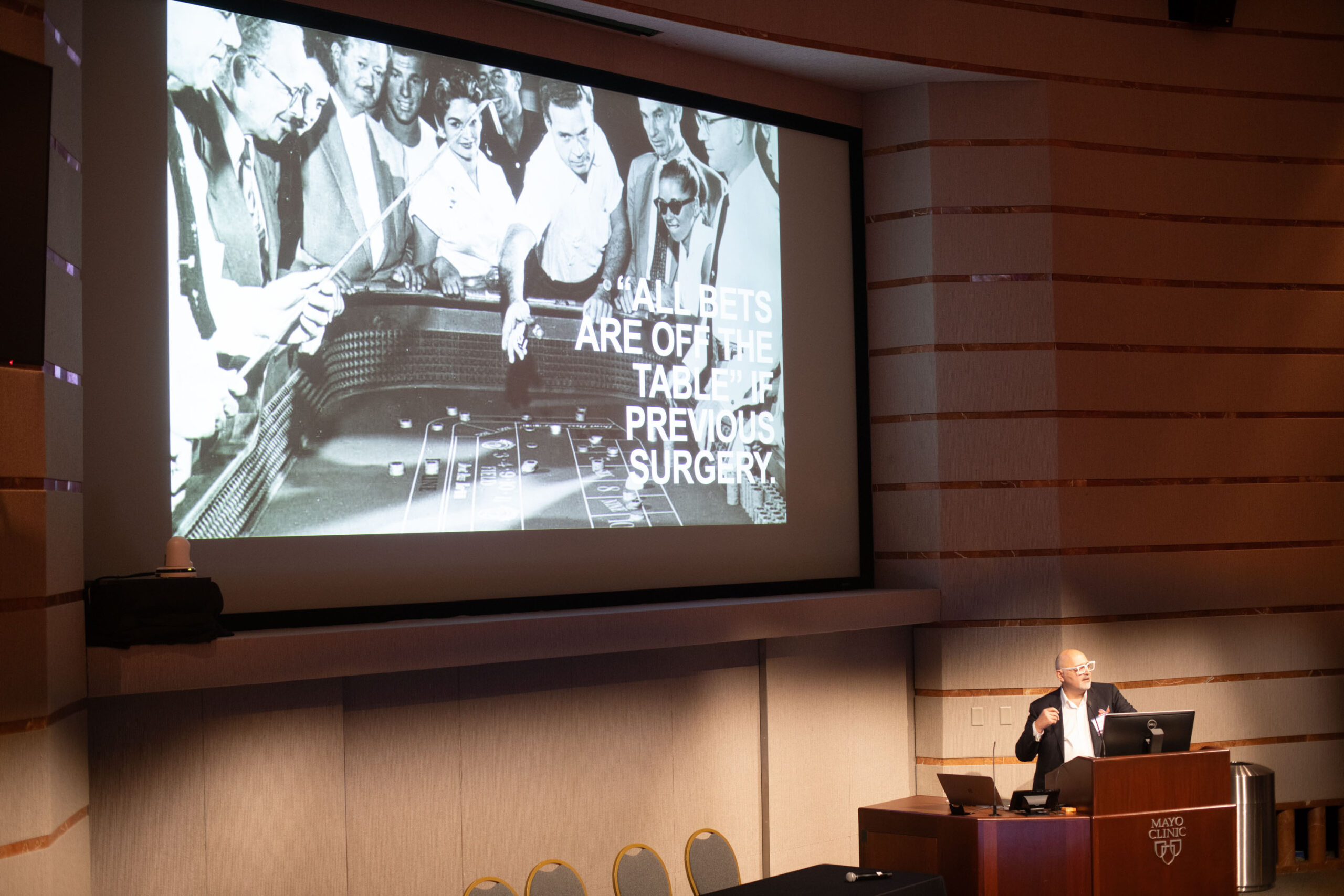Facial Implants in Sydney
Technical Explanation of the Procedure
Facial implants are a surgical solution for enhancing and defining facial contours, improving symmetry, and restoring balance to the face. They are commonly used to augment the chin, cheeks, or jawline, creating a more structured, harmonious appearance. Made from biocompatible materials like silicone or porous polyethylene, facial implants are safe, durable, and designed to blend seamlessly with natural facial anatomy.
Common Types of Facial Implants:
- Chin Implants: Enhance the chin’s projection, balance facial proportions, and create a stronger jawline.
- Cheek Implants: Add volume and definition to the cheekbones, creating a youthful and contoured look.
- Jaw Implants: Strengthen the jawline, adding definition and enhancing the overall facial structure.
Surgical Techniques:
- Incision Placement: Depending on the implant location, incisions are made inside the mouth, under the chin, or near the ears to minimise visible scarring.
- Implant Placement: The implant is carefully inserted into a pocket created in the underlying tissue and secured for stability.
- Customisation: Implants are tailored to the patient’s anatomy and desired outcome for natural-looking results.
Quick Facts About Facial Implants
- Procedure Duration: 1–2 hours, depending on the area treated.
- Anaesthesia: General anaesthesia or local anaesthesia with sedation.
- Hospital Stay: Day procedure or overnight stay.
- Results: Immediate improvement; final results visible after the swelling subsides (3–6 months).
- Longevity: Permanent; implants are designed to last a lifetime.
- Best Candidates: Individuals seeking enhanced facial contours, improved symmetry, or correction of structural deficiencies.
What to Expect
Before Surgery:
During your consultation with Dr. Tim, your facial structure, aesthetic goals, and overall health will be evaluated. Dr. Tim will then discuss your options and recommend the type and size of implants that best suit your needs. You will also receive pre-operative instructions, such as fasting and avoiding specific medications.
During Surgery:
- Incisions are made discreetly to minimise visible scarring.
- The chosen implant is carefully positioned in a pocket created in the targeted area, ensuring precise placement.
- The incision is closed with sutures, and dressings may be applied to support the area during the initial healing phase.
After Surgery:
Depending on the procedure’s complexity, you’ll be monitored in a recovery area before being discharged home or staying overnight. Mild swelling and bruising are expected during the initial recovery period.
Risks
Facial implants are safe and effective when performed by an experienced surgeon. However, as with any surgical procedure, potential risks include:
- Infection or delayed wound healing.
- Implant displacement or asymmetry.
- Scarring (typically minimal and discreet).
- Temporary or permanent changes in skin sensation.
- Rare complications related to anaesthesia or implant rejection.
Recovery Tips
- Follow Post-Operative Instructions: Adhere to Dr. Tim’s guidelines for wound care, medication, and activity restrictions.
- Manage Swelling: Use cold compresses and elevate your head while resting to reduce swelling.
- Avoid Strenuous Activities: Refrain from heavy lifting, exercise, or activities that strain the face for 4–6 weeks.
- Stick to a Soft Diet: If incisions are made inside the mouth, avoid hard or chewy foods to protect the surgical site.
- Maintain Good Oral Hygiene: Follow instructions for cleaning the incision area if the implant is placed through the mouth.
- Be Patient: Swelling can take several weeks to subside, and the final results will emerge over 3–6 months.
